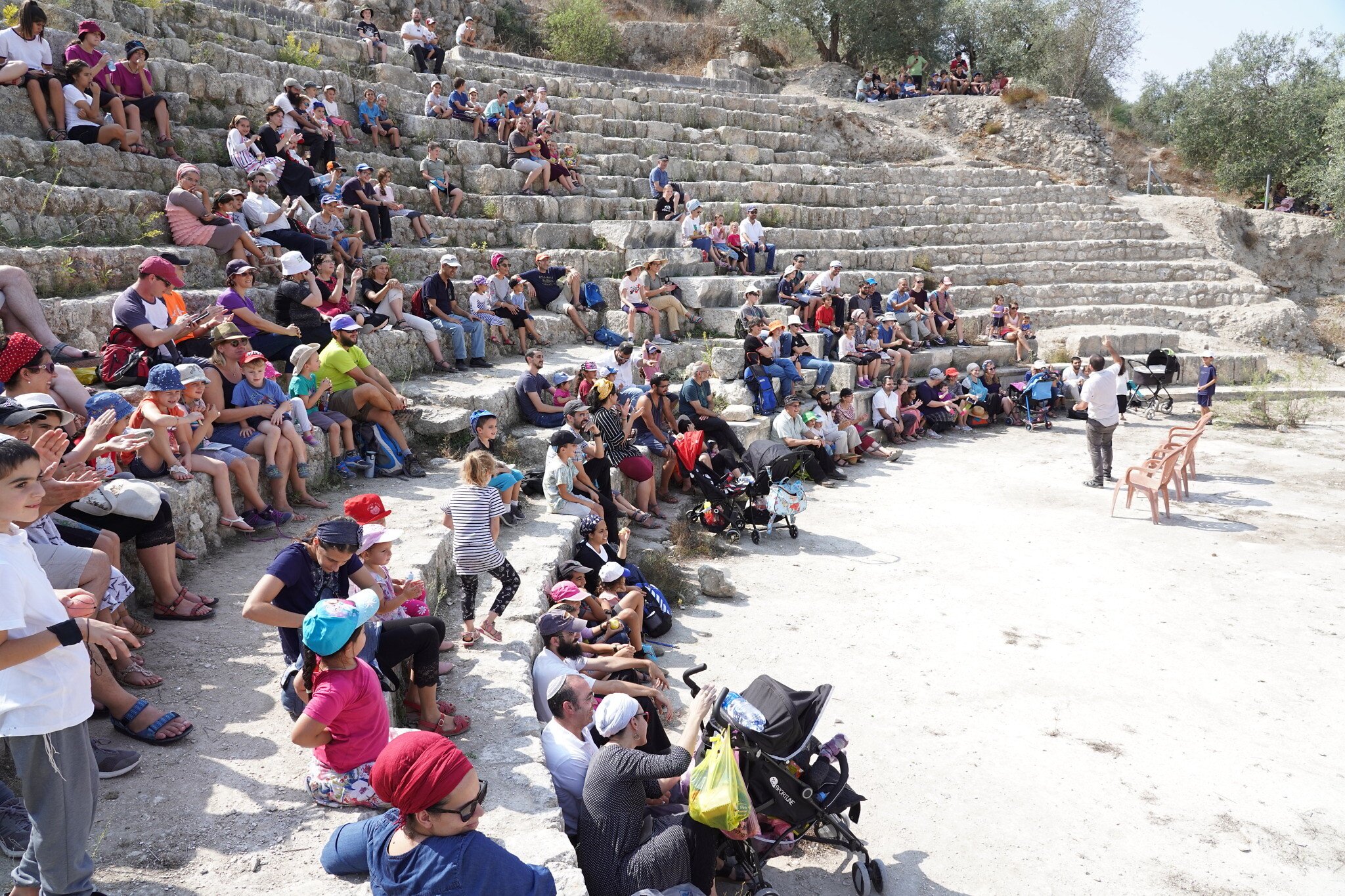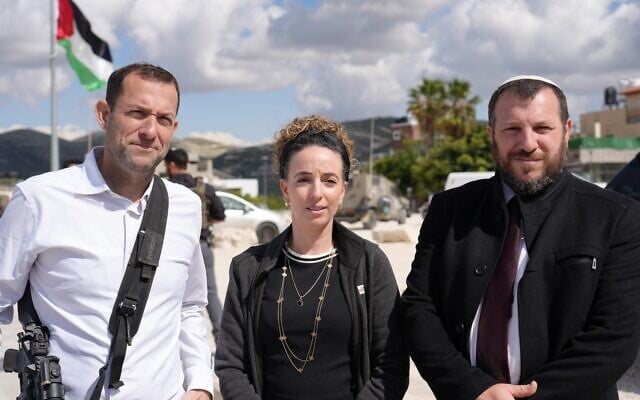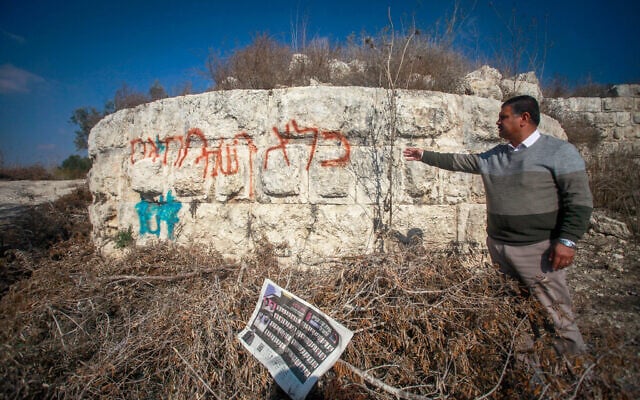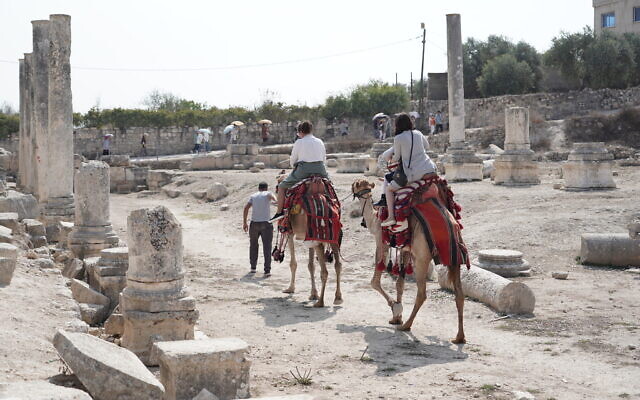



A new archaeological dig at the ancient site of Sebastia in the West Bank was inaugurated on Monday in the presence of several government officials.
Sebastia – known in Hebrew by its biblical name, “Shomron” – is thought to have been the capital of the northern Israelite kingdom in the 9th and 8th centuries BCE.
The excavations will be led by Uzi Greenfeld, an archaeologist from the Archaeology Unit of the Civil Administration.
“Sebastia is one of the most important sites in our national and historical heritage,” Heritage Ministry Amihay Elyahu said in a statement. “Our desire is to breathe new life into the site and make it an attraction for hundreds of thousands of visitors a year, which will strengthen the connection between the people, their heritage, and their country.”
Sebastia’s archaeological site features remains from several periods, from the Iron Age (1200 – 586 BCE) to modern times. Its overlapping layers of history date back nearly 3,000 years, from biblical kings to Roman conquerors, Crusaders, and Ottomans.
Fragments of houses, walls, and a palace (which some associate with Israel’s biblical kings) from the Iron Age remain, as well as many ruins from Roman times.

The site was first excavated by a team led by Harvard archaeologists in 1908.
In May 2023, the government approved a budget of NIS 32 million for the restoration and development of the site, an initiative spearheaded by the heritage, environmental protection and tourism ministries. The Heritage Ministry announced on Monday that it planned to spend an additional NIS 4 million ($1.21 million) to renovate the old train station that is located next to Sebastia.
Both Israelis and Palestinians lay claim to the site as part of their cultural heritage, though it has largely remained undeveloped and unexcavated for decades. Israel controls the archaeological park, which is in Area C, while the Palestinian town of Sebastia is in Area B, under joint Israeli and Palestinian Authority control.
In 2012, the Palestinian Authority submitted an application to include Sebastia in the list of Palestinian heritage sites. The entry described the site as “the capital of the northern kingdom during the Iron Age II in Palestine and a major urban center during the Hellenistic and Roman periods,” without mentioning any Jewish connection.
Since then, the site has been on UNESCO’s tentative list, which means that the organization can decide to include it in the final heritage list within the next few years, though no final decision has been made.

The new Israeli plan includes a visitors center and a new access road.
After the new dig began on Monday, the PA’s official news agency WAFA reported that Ali Zaidan Abu Zahri, president of the Palestinian National Committee for Tangible and Intangible Heritage, urged UNESCO “to take immediate action to prevent Israeli colonial and Judaization practices at the Sebastia archaeological site in Nablus.”
Environmental Protection Minister Idit Silman meanwhile hailed the start of the dig.
“Today, historical justice is finally being done,” she said in a statement. We have begun excavations at the Sebastia site – the capital of the ancient Kingdom of Israel and the beating heart of Jewish history. For years, they have tried to erase our connection to the site and to deny our identity.”

Silman also claimed that “there is no Palestinian people and therefore there can be no Palestinian site.”
The new excavation has been criticized by the left-leaning NGO Emek Shaveh, which describes its mission as “protecting ancient sites as public assets that belong to members of all communities, faiths, and peoples.”
In a series of tweets, the group described the move as part of a hostile takeover.
“Instead of a Palestinian heritage site that is already on UNESCO’s tentative list, the intention is to take control of the site, cut it off from the village, and turn it into a tourist settlement that brings Israelis to the area,” Emek Shaveh charged.
Times of Israel staff contributed to this report.
